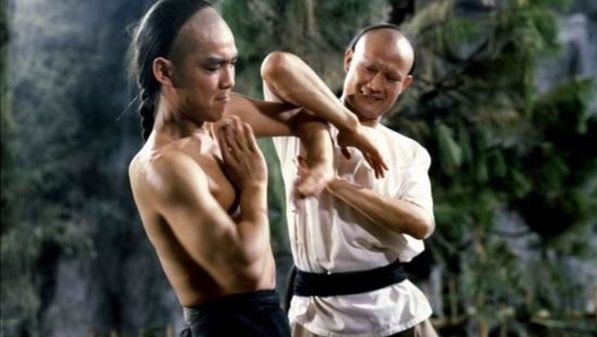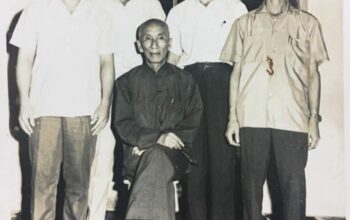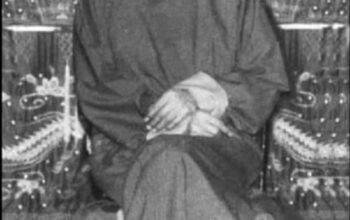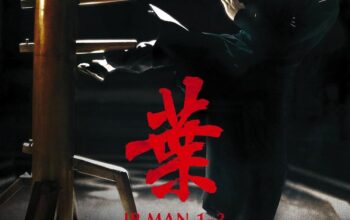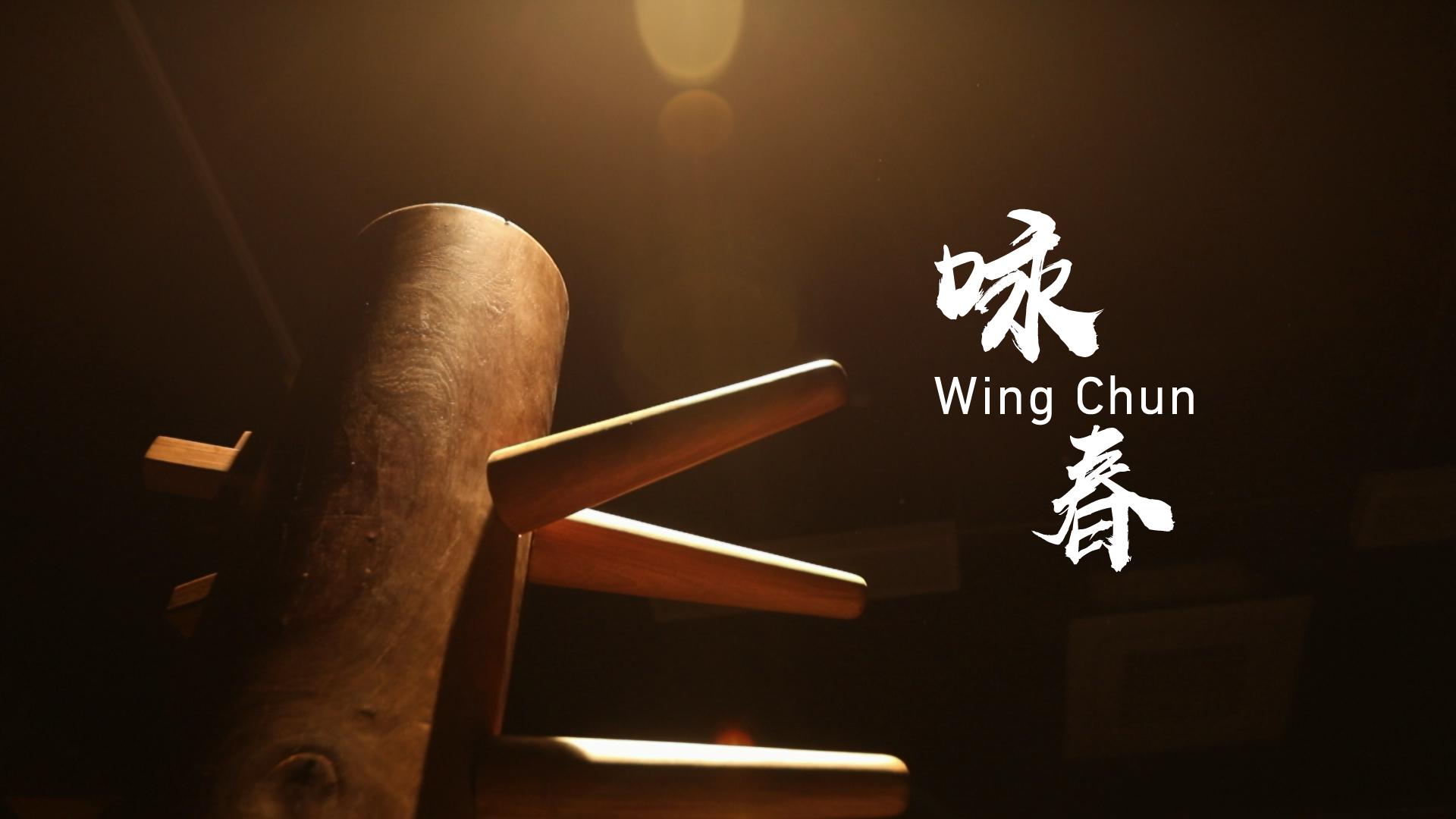Wing Chun: The Art of Simplicity and Efficiency
Wing Chun is a Chinese martial art renowned for its practicality, efficiency, and emphasis on close-quarters combat. Developed centuries ago, it has garnered global recognition as a formidable self-defense system. This martial art, rooted in principles of economy of movement and directness, offers a holistic approach to combat and personal development.
At its core, Wing Chun revolves around the concept of using minimal force to overcome a stronger opponent. Its techniques are designed to maximize efficiency and minimize unnecessary movements. Wing Chun practitioners leverage their body structure, positioning, and timing to neutralize threats swiftly and effectively.
Legend has it that Wing Chun was founded by a Buddhist nun named Ng Mui, who sought to create a martial art suitable for individuals of smaller stature and weaker physical attributes. Drawing inspiration from the movements of animals, particularly the crane and snake, Ng Mui devised a system that emphasized proper body alignment, balance, and sensitivity.
One of the defining features of Wing Chun is its focus on close-quarters combat. Unlike some martial arts that rely on high kicks or acrobatics, Wing Chun trains its practitioners to engage in close-range encounters, where speed, precision, and adaptability are paramount. By utilizing techniques such as quick punches, precise kicks, trapping, and simultaneous defense and attack, Wing Chun practitioners are able to swiftly incapacitate opponents with minimal effort.
Central to Wing Chun training is the practice of forms, or “kuen.” These forms are a series of predetermined movements, performed solo, that help practitioners develop proper body structure, muscle memory, and reflexes. The most well-known Wing Chun form is the “Siu Nim Tao,” which translates to “Little Idea” or “Little Imagination.” It serves as the foundation for the system, cultivating the principles of relaxation, structure, and centerline control.
Another critical aspect of Wing Chun training is “Chi Sao,” often referred to as “sticky hands.” Chi Sao is a specialized drill where practitioners engage in close-range contact, honing their sensitivity, reflexes, and adaptability. Through this drill, Wing Chun practitioners learn to flow with their opponents’ movements, intercepting attacks, and launching counterattacks with precision and efficiency.
Footwork is also essential in Wing Chun. Rather than relying on extravagant footwork, Wing Chun emphasizes stability and controlled movement. Practitioners use a unique footwork pattern called the “Yee Jee Kim Yeung Ma” or “Goat Clamping Stance” to maintain balance, control distance, and generate power. This stance allows practitioners to maintain a strong structure while executing swift and agile movements.
While Wing Chun is primarily recognized for its effectiveness in self-defense, it offers numerous benefits beyond combat proficiency. The practice of Wing Chun promotes mental focus, discipline, and self-confidence. It instills a deep sense of body awareness and cultivates a calm and composed mindset, enabling practitioners to overcome challenges not only in physical confrontations but also in everyday life.
In conclusion, Wing Chun is a Chinese martial art that embodies the principles of simplicity, efficiency, and directness. Developed with the intention of enabling individuals of smaller stature to defend themselves effectively, Wing Chun focuses on close-quarters combat, utilizing economy of movement and precision strikes. With its emphasis on proper body structure, sensitivity, and adaptability, Wing Chun equips practitioners with practical skills that can be applied in real-world self-defense scenarios. Beyond its martial applications, Wing Chun offers a path to personal growth, promoting mental focus, discipline, and self-confidence. By embracing the essence of Wing Chun, practitioners embark on a journey of self-discovery and mastery of the art of simplicity.
